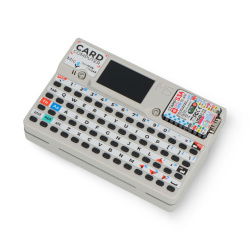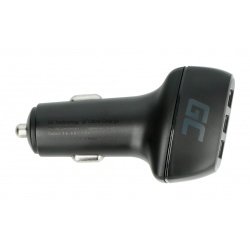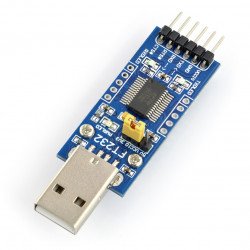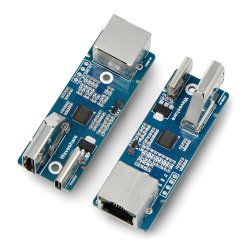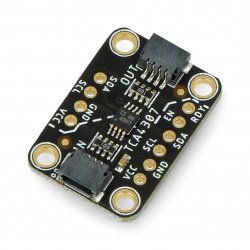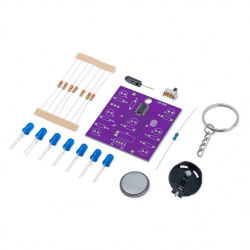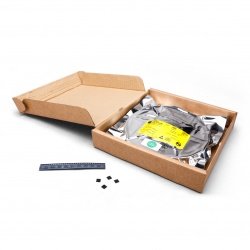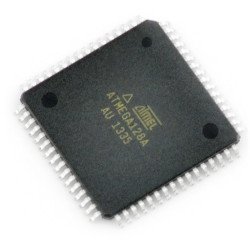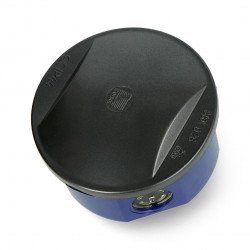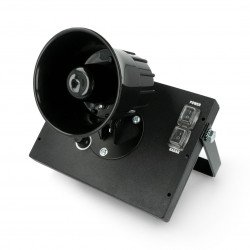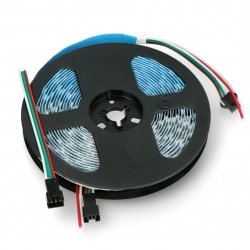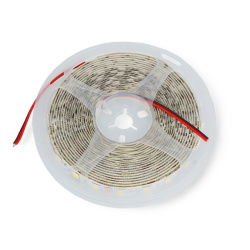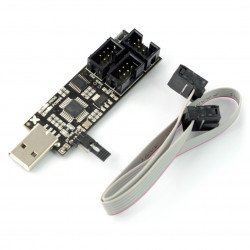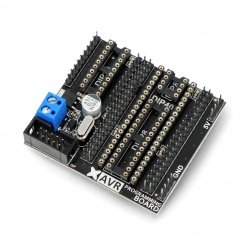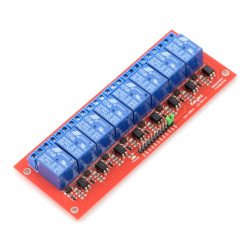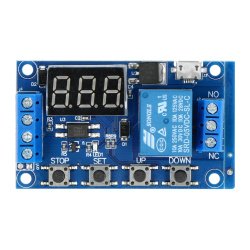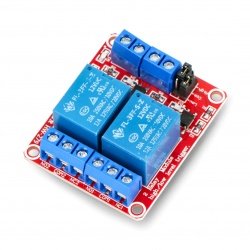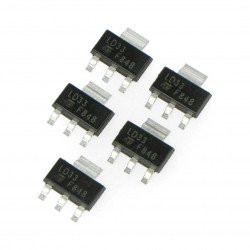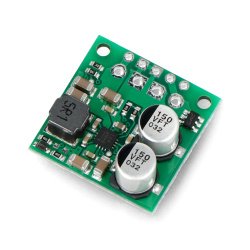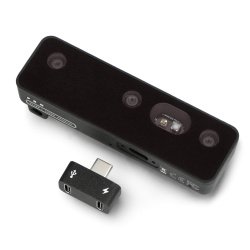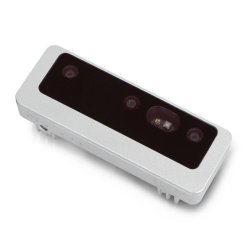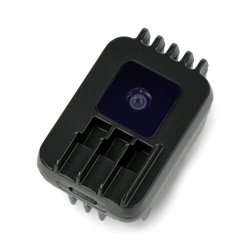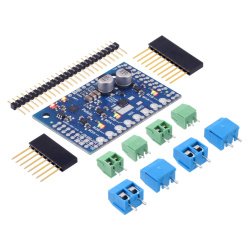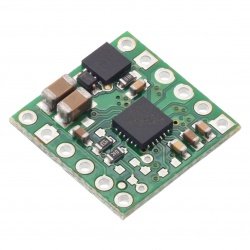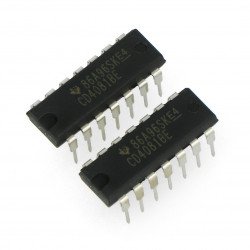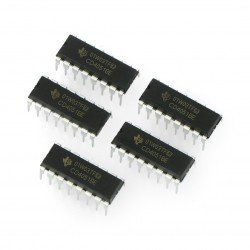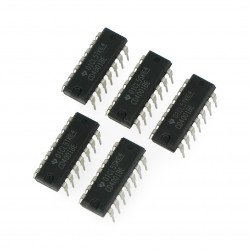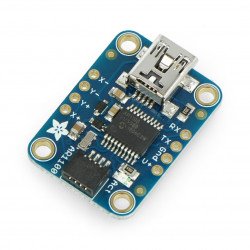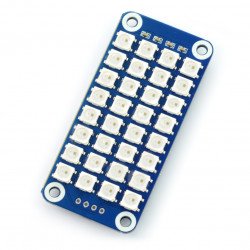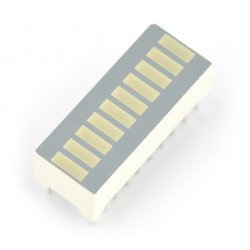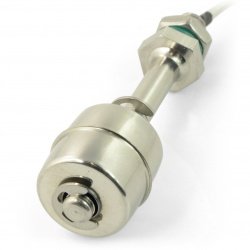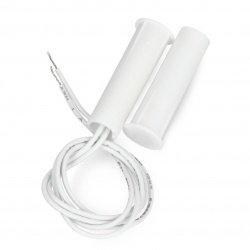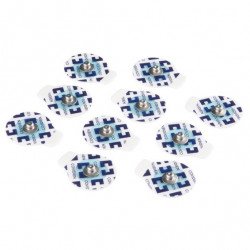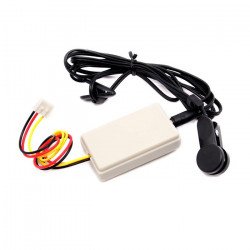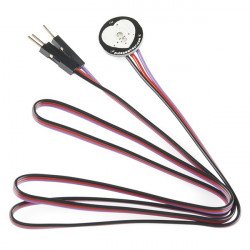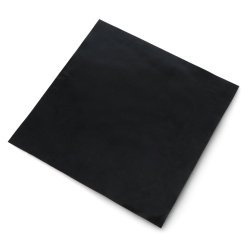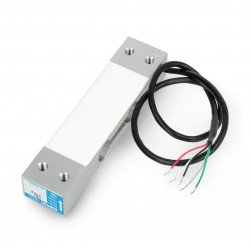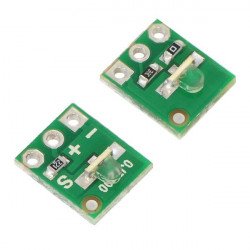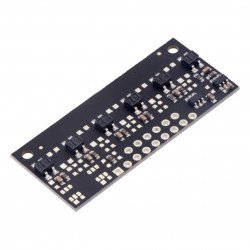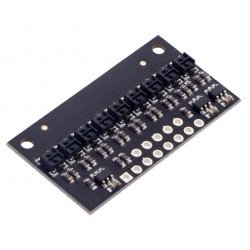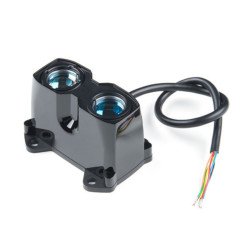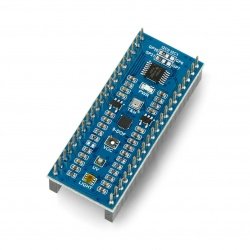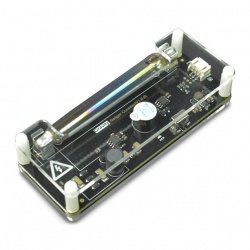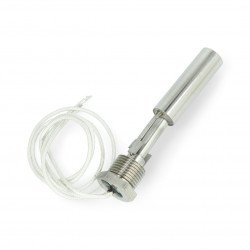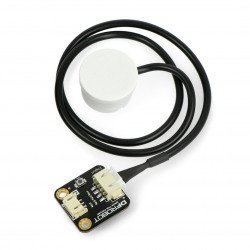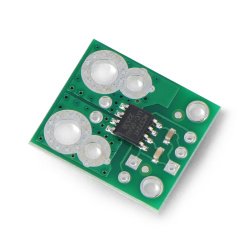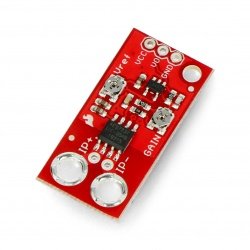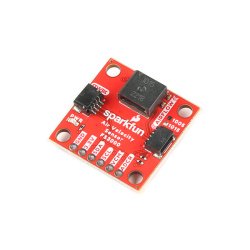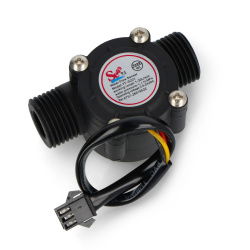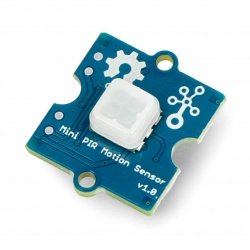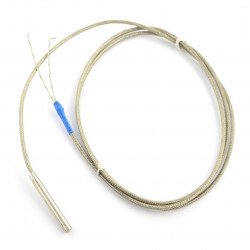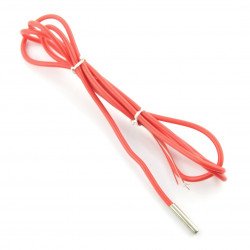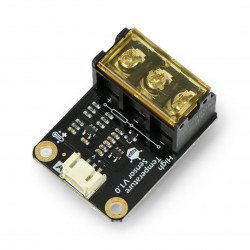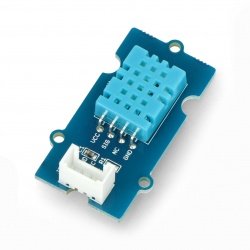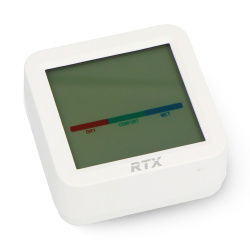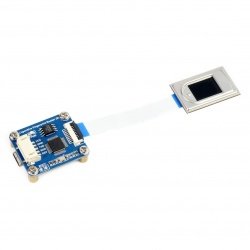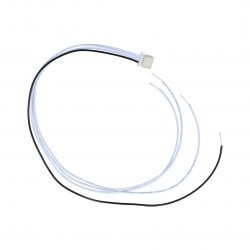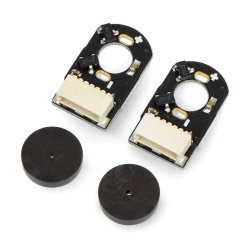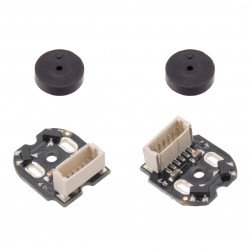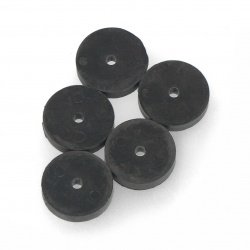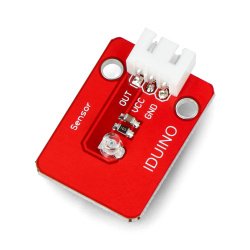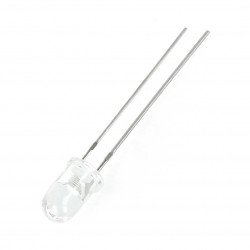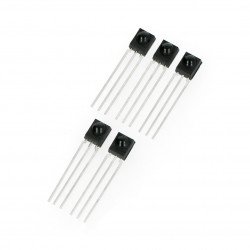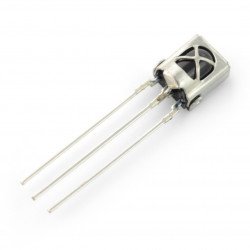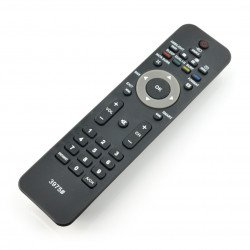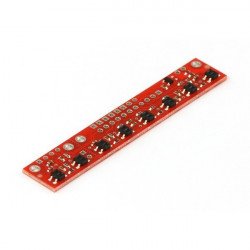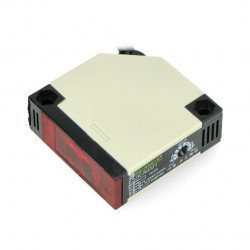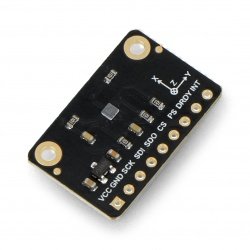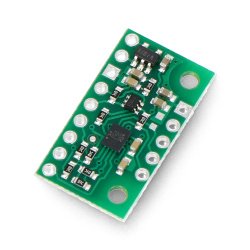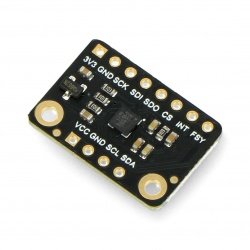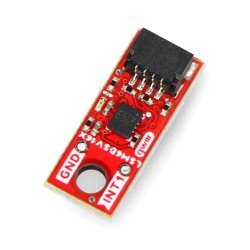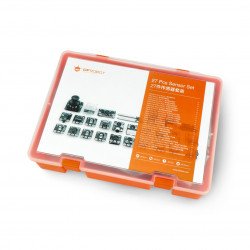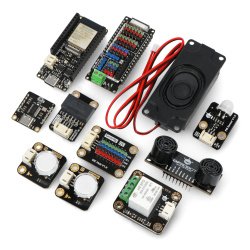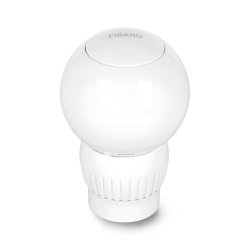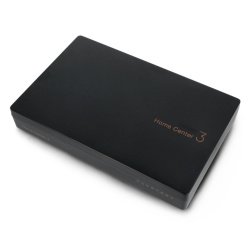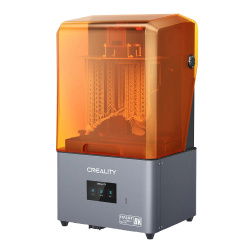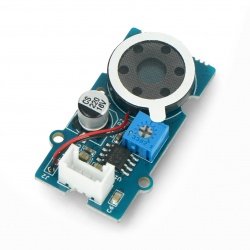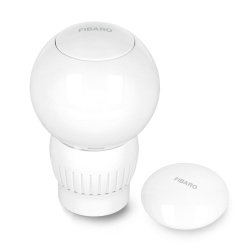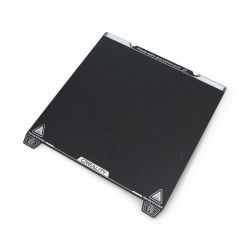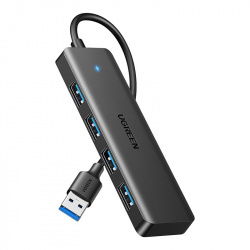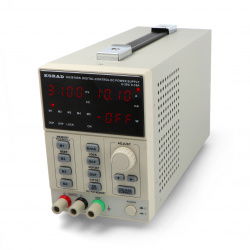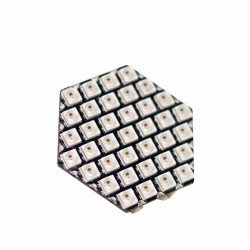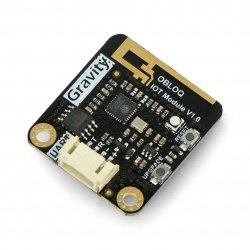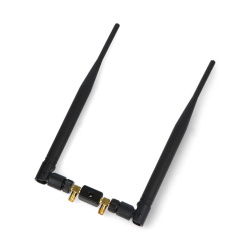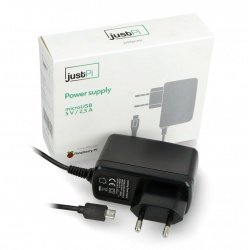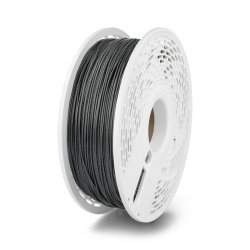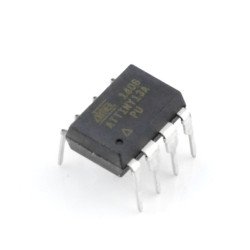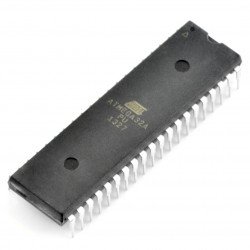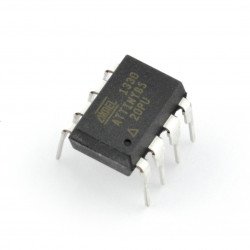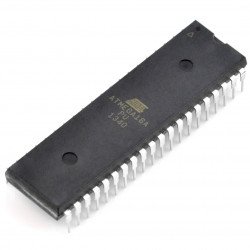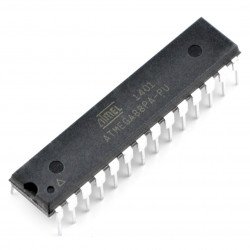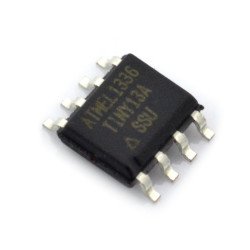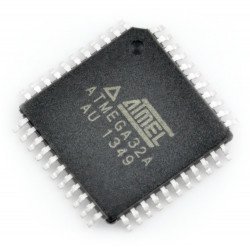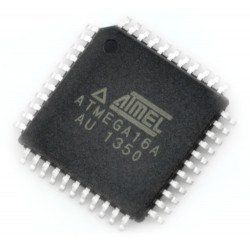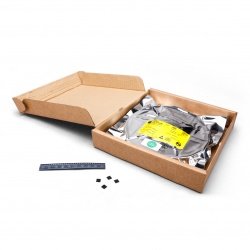There are few inventions in the field of electronics that have influenced its development as strongly as microcontrollers. The first milestone was certainly the replacement of electron tubes with transistors and semiconductor diodes. It initiated a series of key changes for the entire development of electronics. One of the characteristics of this technological leap forward was the progressive miniaturization of electronic circuits and increasing their capabilities. This in turn made it possible to introduce integrated circuits that evolved from analogue to digital. It was the digital integrated circuits that enabled the creation of microcontrollers, which are now the basis for most of the devices we use on a daily basis. In our Botland shop we have prepared many types of microcontrollers from all the best known manufacturers. We still make every effort to expand our list with products that are of the highest quality and at an affordable price. If you have any questions, please contact our technical department, which will be more than happy to help you.
AVR microcontroller - ATmega8A-PU DIP
Microcontroller from Atmel AVR 28-leg DIP case. Voltage supply range from 2.7 V to 5.5 V, frequency up to 16 MHz, has 8 KB Flash, 1 KB RAM, 512 B of EEPROM.AVR microcontroller - ATmega328P-U DIP
Microcontroller from AVR family from Atmel in the through hole case (DIP). It was used in the popular Arduino Uno module.Microcontroller AVR - ATtiny13A-PU
Atmel Microcontroller AVR in 8-leg DIP case. Voltage supply range from 1.8 V to 5.5 V, with a clock signal frequency to 20 MHz, 1 KB Flash, 64 B RAM, 64 B EEPROM.AVR microcontroller - ATmega32A-PU - DIP
Popular microcontroller AVR from ATmel in a case DIP40.AVR microcontroller - ATtiny85-20PU
Microcontroller from Atmel AVR family in 8-feet long DIP package. Powered from 2.7 V to 5.5 V, clocked to 20 MHz, 8 kB Flash, 512 B RAM, 512 B EEPROM.AVR microcontroller - ATtiny2313A-PU
Atmel microcontroller AVR in 20-led DIP case. Voltage supply range from 1.8 V to 5.5 V, with a clock signal frequency to 20 MHz, has a 2 KB Flash, 128 B RAM, 128 B EEPROM.AVR microcontroller - ATmega16A-PU - DIP
Popular microcontroller AVR from Atmel in a DIP case.AVR microcontroller - ATmega88PA-PU DIP
Popular microcontroller AVR from Atmel in the case DIP28.AVR microcontroller - ATmega328P-AU SMD
Microcontroller AVR from Atmel in a case soldered on the surface (SMD was also used in the popular Arduino module).AVR microcontroller - ATmega8A-AU SMD
Atmel microcontroller AVR with 32-led case soldered on surface - SMD. Voltage supply range from 2.7 V to 5.5 V, frequency up to 16 MHz, has 8 KB Flash, 1 KB RAM, 512 bytes of...Microcontroller AVR - ATtiny13A-SSU
Microcontroller Atmel AVR in 8-leg case soldered on surface - SMD. Voltage supply range from 2.7 V to 5.5 V, with a clock signal frequency to 20 MHz, 1 KB Flash, 64 B RAM, 64 B...AVR microcontroller - ATmega32A-AU SMD
Popular microcontroller AVR from ATmel in a case soldered on surface (SMD).- Reduced price
- SPECIAL OFFERS
AVR microcontroller - ATmega128A-AU SMD
Popular microcontroller ATmega128a-AU from ATmel AVR family in a case soldered on surface (SMD).- Sale
- SPECIAL OFFERS
AVR microcontroller - ATmega88PA-AU SMD
Popular microcontroller AVR from ATmel in the case soldered on surface (SMD).- Sale
- SPECIAL OFFERS
AVR microcontroller - ATmega16A-AU SMD
Popular AVR microcontroller from ATmel in a case soldered on surface (SMD).Raspberry Pi microcontroler - RP2040 - roll of 500pcs. - SC0908(7)
A roll containing 500 units of RP2040 microcontrollers created by the Raspberry Pi foundation. The RP2040 is the first microcontroller designed by the Raspberry Pi...Raspberry Pi microcontroler - RP2040 - roll of 3400szt. - SC0908(13)
A roll of 3400 RP2040 microcontrollers created by the Raspberry Pi foundation. The RP2040 microcontroller is the first such chip designed by the Raspberry Pi Foundation. It...See also
- Computer accessories
- Automobile accessories
- Cooling
- Diodes
- Sound and acoustics
- Mounting components
- Passive elements
- Wearables (e-textiles, smart clothes)
- Cameras
- Memory cards & disks
- Communication
- Converters
- Electronics courses
- Animal repellers
- LED lighting
- Programmers
- Relays
- Voltage regulators
- Artificial intelligence
- Motor drivers and servos
- Integrated circuits
- Displays and screens
- Consoles
Microcontrollers, or a short success story
Before anyone started thinking about microcontrollers, the world went crazy about digital integrated circuits, which became popular thanks to the huge success of the TTL 74xx family and allowed the construction of the first "real" computers. Despite the enormous miniaturization of those times, these devices were complex, took up a lot of space and consumed a lot of power from the mains. The introduction of microprocessors - systems containing an arithmetic-logic unit (ALU), address and data buses, and necessary peripheral systems, significantly increased the capabilities of digital devices. However, the problem of system complexity remained unsolved - in addition to the microprocessor, it was necessary to use a large number of decoders, external logic and interface systems and various types of memory. Only single-chip microcontrollers , integrating not only the ALU, but also program and data memories and a number of additional peripheral circuits (digital and analog), allowed practically any, even very complex, project to be implemented cheaply and quickly .
Microcontroller structure - What parameters of microcontrollers are the most important?
Currently, leading manufacturers of integrated circuits offer many thousands of models of microcontrollers, differing in virtually all parameters. Such a wealth of variants is a headache for beginners, but in fact it is a blessing for electronics engineers and programmers, who can almost freely choose the perfect systems for a specific project. Small microcontrollers are perfect for simpler control or measurement applications , e.g. 8-bit AVR, PIC or STM8, or 16-bit MSP430. As the requirements increase, the complexity of the architecture (32 bits), the number and variety of peripheral systems, and the available RAM and FLASH memory increase dramatically. The most complex microcontrollers (e.g. STM32) are even equipped with coprocessors designed to perform floating-point operations or systems supporting the display of high-quality graphics .
Microcontrollers available at the Botland store
As roboticists, we know perfectly well how necessary microcontrollers are in our field of technology. That is why in this category we have provided a wide range of microcontrollers from leading manufacturers of these systems. Here you will find a wide selection of simple, well-known and popular AVR processors from Atmel (ATmega and ATtiny families) , not only liked by amateurs, but also willingly used in simple everyday devices or... in universities and secondary technical schools. For more advanced projects, we recommend microcontrollers with a 32-bit ARM core, manufactured by ST Microelectronics (STM32) or NXP (LPC) . Depending on the version, these processors may be based on the ARM Cortex-M0+, M3 or M4 architectures, although super-efficient microcontrollers with the CortexM7 core are becoming more and more popular.
Microcontroller and microprocessor
Microprocessor and microcontroller - what is the difference? A microcontroller is an integrated circuit that has a specialized microprocessor that is capable of autonomous operation and has been designed to work in control and measurement systems. A microcontroller is basically a microprocessor extended with additional memory and communication systems.
Microcontrollers - FAQ
A microcontroller is a "compressed" microcomputer used to control the functions of systems embedded in office machines, robots, home appliances, motor vehicles and smart home systems. A microcontroller consists of elements such as memory, peripheral devices and - most importantly - the processor.
In our opinion, it is undoubtedly Arduino Uno Rev3 . If you are interested in microcontrollers, you have almost certainly heard of Arduino . The company popularized open-source hobby hardware by offering a range of development boards and an independent, accessible programming environment (Arduino IDE) for coding them.
In short: Arduino itself is not a microcontroller, but a microcontroller board that has its own IDE (development environment) and comes with ready-made, tested software and hardware libraries. All Arduino boards have one thing in common, which is having a microcontroller.
NO. This is a common, false assumption. The main difference between a microprocessor and a microcontroller is that a microprocessor consists only of a central processing unit, while a microcontroller contains a processor, memory and inputs/outputs integrated in one chip.












































